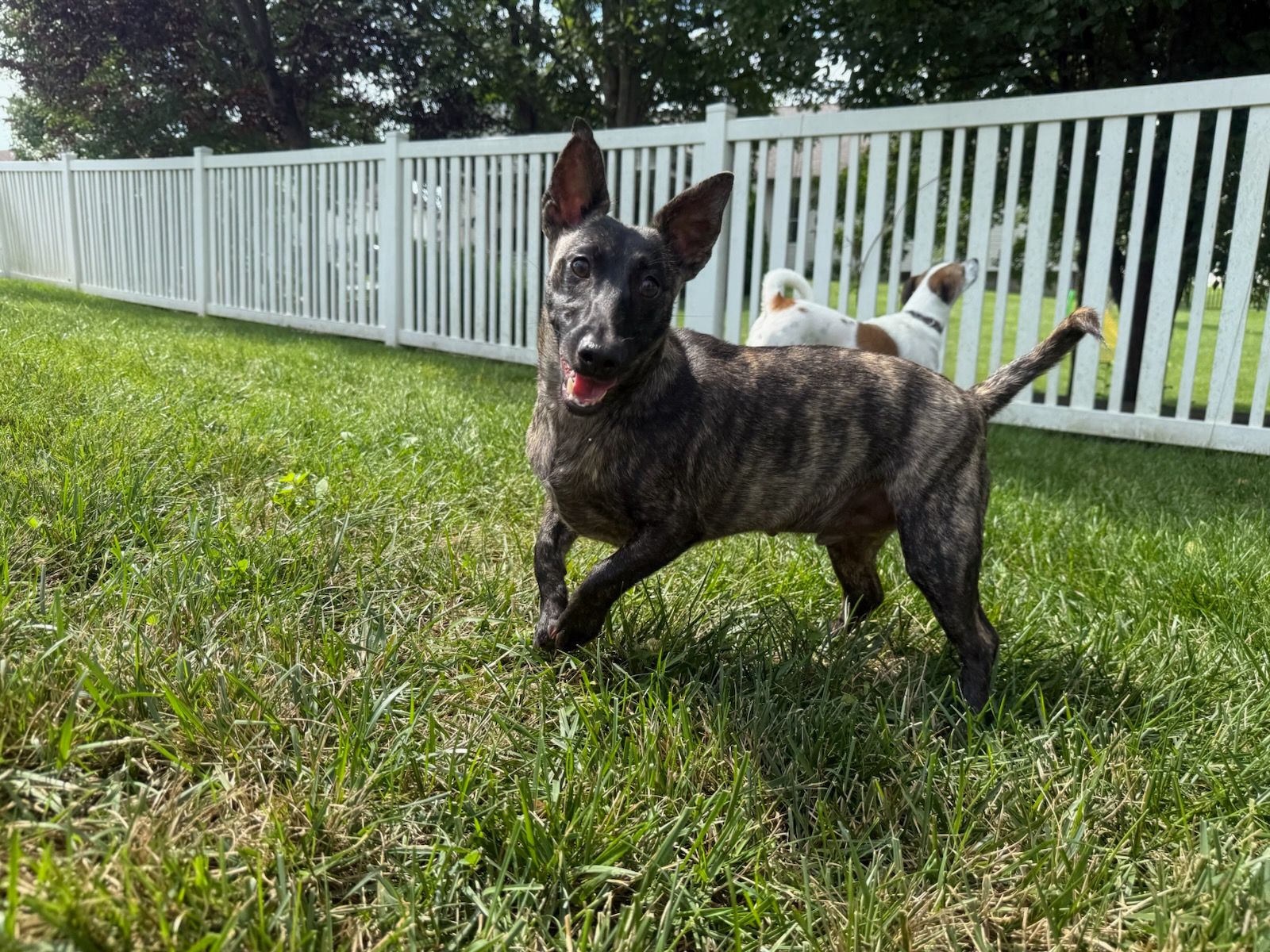Every dog owner has been there, bag in hand, ready to scoop, when something about the poop looks a little different. You might not think twice, but your dog’s poop can actually reveal a lot about their health. From color to texture, each deposit gives clues about how their body is doing. In today’s Doggy Doods Digest, we’re breaking down what your dog’s poop says about their health and when a small change might be a sign to call your vet.

A healthy dog’s poop is usually chocolate brown, shaped like a log, and firm but soft enough to squish a little when you pick it up. Veterinarians often describe this as a “score 2” on the fecal score chart, meaning it is firm, easy to pick up, and not too hard or runny.
Most adult dogs poop once or twice a day, depending on their diet and activity level. If your dog suddenly starts going more often than normal or skips a day, it could be a sign that something is off. Watching for small changes over time can help you catch early signs of health problems.
The color of your dog’s poop can tell you a lot about what is happening inside their body. Brown is the color you want to see because it shows that your dog’s digestion and bile are working normally. Bright red streaks may mean there is fresh blood coming from the lower intestines or rectum. This can happen from irritation or straining, but if it continues, you should call your vet.
If your dog’s poop looks black and tarry, it could contain old, digested blood from higher up in the digestive system. This can signal ulcers or bleeding and should be treated as an emergency. Gray or greasy poop can point to problems with the pancreas or bile ducts, while yellow or orange poop can mean something is wrong with the liver or digestion process. Green poop sometimes happens when dogs eat grass, but if it keeps happening, it may mean that bile is not breaking down properly.
When the color looks different for more than a day or two, and you have not changed your dog’s food, it is best to call your veterinarian.
The shape and texture of poop are just as important as the color. A healthy stool should hold its shape, be firm to the touch, and stay moist enough that it does not crumble. If it is too hard or dry, your dog could be constipated. Sometimes this happens when dogs do not drink enough water, do not get enough fiber, or eat something that is hard to digest. If constipation lasts more than a day, your vet can help figure out why.
On the other hand, if the poop is watery or soft for more than a day, it might be diarrhea. This can happen from stress, sudden food changes, eating something spoiled, or infections and parasites. If your dog’s poop is covered with a slimy coating or clear mucus, it could mean their intestines are irritated. A little bit may not be serious, but if it happens often or comes with other symptoms, it is worth checking with your vet.
Seeing blood in your dog’s poop is never normal. Bright red blood usually means the problem is in the lower intestines, while dark, tar-like stool means the blood has been digested from higher up in the system. Black, sticky poop should always be treated as an emergency.
If you ever see worms or white rice-like pieces in your dog’s stool, those are likely tapeworm segments. Long, white worms that look like spaghetti are roundworms. Both types mean your dog has parasites and needs medication from your vet.
There are many reasons your dog’s poop might look different. Sometimes it is something simple, like eating a new food or grabbing a snack from the trash. Stress can also upset a dog’s stomach, especially if they have had a big change in their routine, such as travel or a new environment.
Parasites like Giardia or roundworms can cause diarrhea or mucus, and illnesses such as pancreatitis or bowel inflammation can change how stool looks and smells. If your dog seems healthy and the stool goes back to normal in a day, it may not be serious. But if it lasts longer than two days or your dog acts tired, vomits, or stops eating, it is time to see the vet.
You should call your vet if your dog has diarrhea for more than two days, if there is blood in the stool, or if your dog goes more than a day without pooping. Changes in color that last longer than a day, mucus that keeps coming back, or poop that smells unusually bad are also good reasons to check in. Most importantly, if your dog seems weak, refuses food, or throws up along with poop changes, do not wait. Your vet can help find out what is wrong before it gets worse.
At Doggy Doods, we understand how much your dog’s health means to you. During our regular pooper scooper services, we naturally notice signs that can help pet parents stay aware of changes in their dog’s poop. Things like color, texture, or visible worms that might point to a larger health concern. When we spot something unusual, we let the owner know right away so they can follow up with their veterinarian.
By keeping yards clean across St. Charles County, including O’Fallon, Wentzville, and Cottleville, we help families reduce the risk of bacteria and parasites building up in their outdoor spaces. It’s a simple way to make your yard safer for both pets and people while supporting your dog’s overall health.
If keeping an eye on all this sounds like a lot, that’s okay. We’re happy to handle it for you.